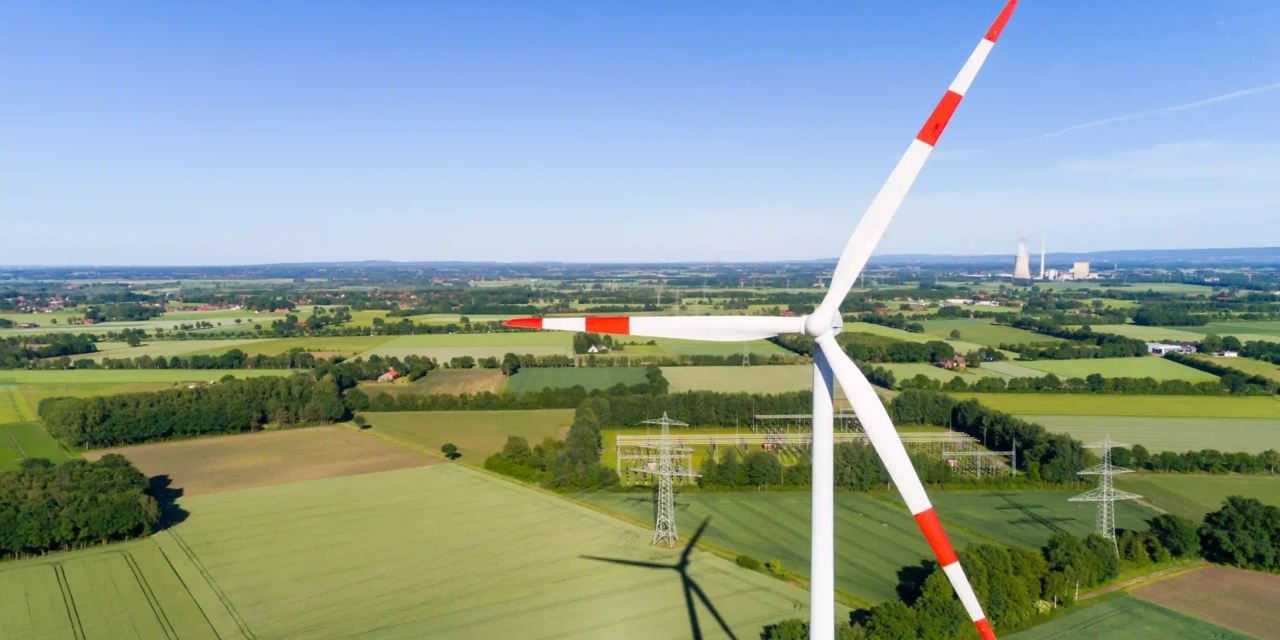regryd as a stable energy resource
regryd functions as buffer storage for surplus, volatile wind and solar power or industrial waste heat at high temperatures. The storage unit can be charged with temperatures of up to 850 °C. The storage temperature leads to a high storage capacity of up to 405 kWh/m3. The high storage temperature also ensures high-efficiency electricity generation and cooling.
- Because it does not operate under pressure, regryd is not bound by the requirements of the Pressure Equipment Directive; this simplifies planning and design processes and reduces costs.
- The energy fed into the grid can be stored for months with almost no losses and can be retrieved later. The low heat loss makes energy storage systems with regryd particularly efficient.
- The modular design allows several storage units to be connected in a series, making any storage capacity possible.
- The materials used for thermal energy storage are volcanic in origin and can be almost fully returned to the material cycle. regryd’s insulation is made of recycled ash.

How it works
The regryd heat storage system comprises a storage tank, air heaters and radiators, and is filled with a storage medium composed of volcanic rock, such as basalt.
When the storage system is being charged – as the energy feed-in process is known – the air in an air heater can reach up to 850°C. This is similar to electrical resistance heating and works in the same way as a hair dryer. Our thermal storage system works in the same way.
The energy used to heat the air comes from nearby wind turbines and photovoltaic systems. The hot air is fed into the thermal storage system from one side and transfers its heat to the basalt rock. This heats the basalt rock to temperatures up to 850°C. This heat transfer cools the hot air back down to 100°C. The basalt rock can store this heat energy for days, weeks and months with only negligible losses.
When we need to draw energy from the storage system, we channel cooled air from the radiators at a temperature of 100°C into the storage container. This process is called discharging. In this process, air flows into the storage container in the opposite direction. This heats the air up to 850°C, while the basalt rock cools to 100°C. The hot air is then channelled out of the storage container and can be used in various applications. For example, it can be fed into the local district heating network, transformed into electrical energy and used for industrial processes as process heat, or used to support electricity generation and cooling processes.
Key figures at a glance
Maximum storable temperature
Efficiency
Maximum Storage capacity
Heat loss
Industries and areas of application
Chemical industry
Energy storage systems like regryd facilitate efficiency gains in production processes and the systematic utilisation of waste heat in downstream processes, either as district heating in local communities or for other material uses.
Metal processing industry
By introducing innovative storage technologies like regryd, the metal processing industry can cut its CO₂ emissions while also storing and reconverting unavoidable waste heat.
Power supply companies
Depending on its scale, regryd can avoid CO₂ emissions and create flexibility in the energy system – thereby laying the foundations for supply security and greater energy independence.
Contracting companies
regryd enables contracting companies that specialise in providing heat and electricity to expand their portfolio and generate new energy services.
Municipal waste disposal companies
regryd is a crucial step on the road towards climate-neutral municipalities. With regryd, unavoidable waste heat can be channelled into the storage system and then made available when needed.
